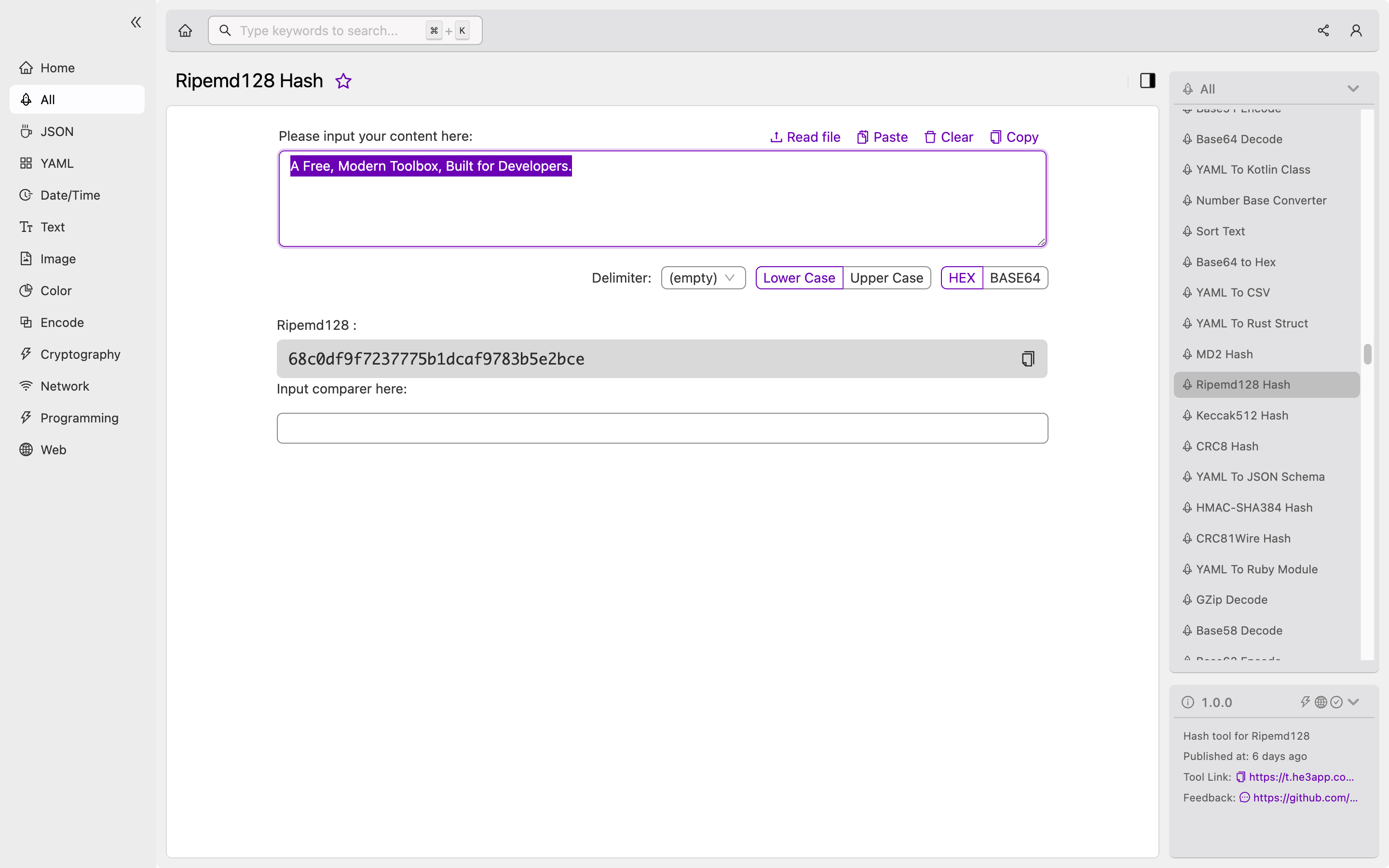Introduction
In today’s tech-driven world, ensuring data security is more critical than ever. One of the best ways to achieve this is through cryptographic hash functions. Ripemd128 Hash, a popular hashing algorithm, generates a fixed-length, unique digital signature of a message or data set, making it ideal for secure data storage, authentication, and more.
How Ripemd128 Hash Works
Ripemd128 Hash is a cryptographic hash function designed to replace the commonly used MD5 hashing algorithm. It processes input data in 512-bit blocks, producing a 128-bit message digest that is practically collision-resistant. Unlike MD5, it uses a more complex hashing procedure that makes it less susceptible to hacking and cyber attacks. Here’s how Ripemd128 Hash works:
Step 1: Padding
The input data is padded to a multiple of 512 bits to ensure that it can be split into 512-bit blocks for processing. The padding scheme used is similar to that of the SHA-1 hashing algorithm.
Step 2: Message Digest Initialization
The message digest is initialized to a fixed set of values to ensure that the same message always generates the same hash value.
Step 3: Compression
Each 512-bit block of data is compressed using a series of mathematical functions, XOR operations, and bitwise shifts. The result is a 128-bit message digest that is unique to the input data.
Implementing Ripemd128 Hash
Implementing Ripemd128 Hash is relatively easy, thanks to various available libraries and tools. Here’s a sample code in Python for generating a Ripemd128 hash:
import hashlib
message = b'Hello, World!'
hash_object = hashlib.new('ripemd128')
hash_object.update(message)
hexdigest = hash_object.hexdigest()Or you can use Ripemd128 Hash tool in He3 Toolbox (https://t.he3app.com?p3qw ) easily.

Key Features of Ripemd128 Hash
Some of the key features of Ripemd128 Hash are:
| Feature | Description |
|---|---|
| Fixed-Length Output | Produces a 128-bit message digest for any input data size. |
| Complex Hash Function | Uses a more complex hashing procedure than MD5, making it less susceptible to cyber attacks. |
| Collision-Resistant | Provides a high level of collision resistance, ensuring data integrity. |
Misconceptions about Ripemd128 Hash
Some common misconceptions about Ripemd128 Hash are:
Misconception 1: It is Insecure
While it is true that the original version of Ripemd128 Hash was found to be insecure, a newer version, Ripemd128 Hash V2, addresses the vulnerabilities of the original version and is now widely used in various applications.
Misconception 2: It is Obsolete
Even though it was designed to replace the widely used MD5 hashing algorithm, Ripemd128 Hash is still relevant today and is used in various applications that require secure data storage and authentication.
FAQs
FAQ 1: Is it Possible to Reverse a Ripemd128 Hash?
No, it is not possible to reverse a Ripemd128 hash. The hash function is designed to be a one-way function that generates a unique message digest for any input data.
FAQ 2: How Secure is Ripemd128 Hash?
Ripemd128 Hash is secure and provides a high level of collision resistance. However, like any other cryptographic algorithm, it is still susceptible to brute-force attacks and other cyber threats.
Conclusion
Ripemd128 Hash is a secure, complex hashing algorithm that generates a unique digital signature for any input data. It is widely used in various applications that require secure data storage and authentication. By understanding how Ripemd128 Hash works and how to implement it, developers can ensure the security and integrity of their data. For more information, check out the Wikipedia page on Ripemd128 Hash: https://en.wikipedia.org/wiki/RIPEMD.
